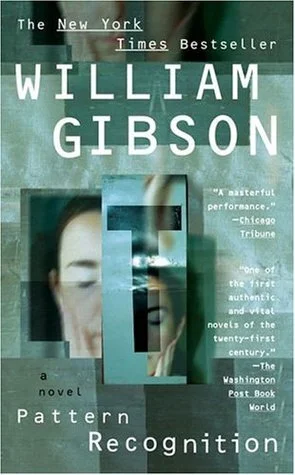Social Construction is less like building a shed in your back yard and more like the process by which stone carvers and carpenters and artisans of all stripes built up a medieval cathedral. Each one adds their own twist to it, reinterpreting a master plan that was conceived of before they were born and would be realized long after they die. It is not construction in the sense of the finished building but in the sense of an ongoing process.
Read MoreIt’s been a rockier road with reading, though I see now that I said roughly the same thing the last time I subjected everyone to my reading list. I also neglected to mention what else was on my plate while I was being underwhelmed by Eugene Thacker, so we’ll start there.
Read MoreI’m generally not a fan of mixing comedy and horror. Mixing the two can have the disastrous effect of collapsing the horror into mere farce. I’m delighted to say that Horrorstör doesn’t do that: the comedy is found in the perspectives and reactions of the characters instead of the absurdity of events that surround them. It achieves its goal by placing a comic perspective within the context of horrific events.
Read MoreThis is a reference to the Nietzschean idea of the eternal return, which is originally used as a part of a vital and life-affirming philosophy, but when considering that not all of us have agency at all times, it hints at something darker: if you're going to relive every part of your life, you need to make decisions you're comfortable making again – but you're also doomed to re-experience the worst things that happened to you innumerable times.
Read MorePattern Recognition by William Gibson is the first of a loose trilogy – called, alternatively, the Blue Ant or Bigend trilogy – that also includes Spook Country and Zero History. Pattern Recognition was released in 2003, and was set in the summer of 2002 – the events of September 11 form the backdrop for the plot, but are not center stage
Read More




